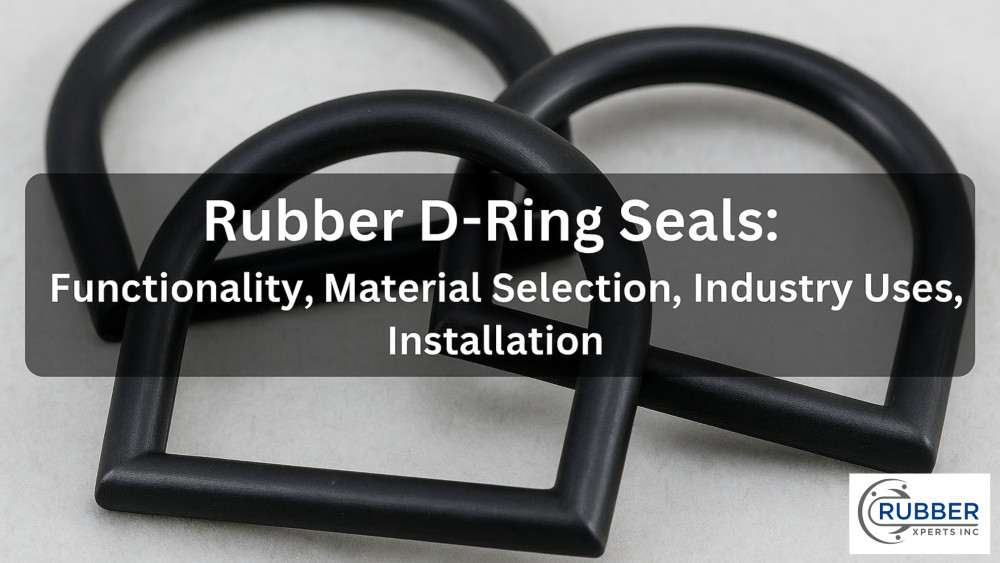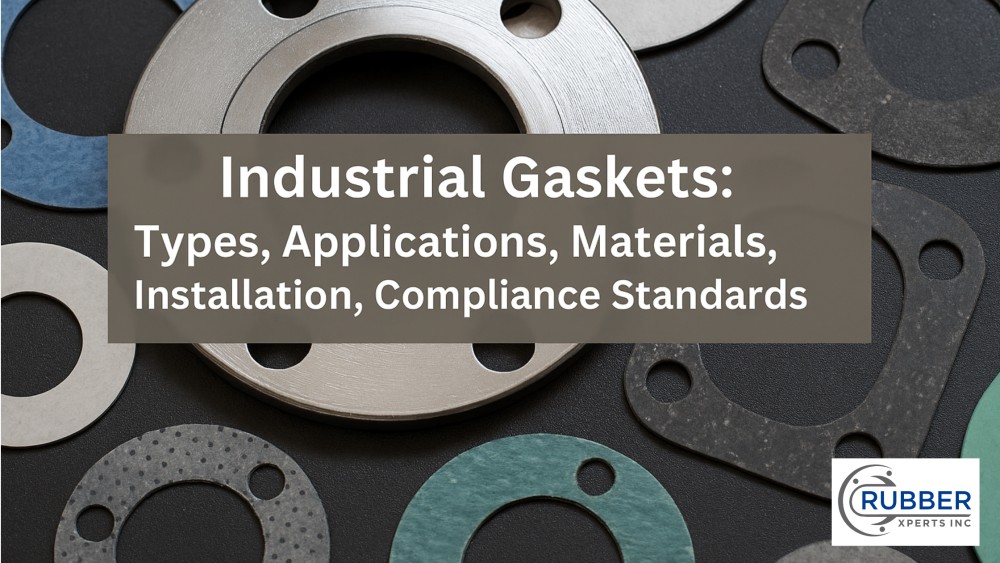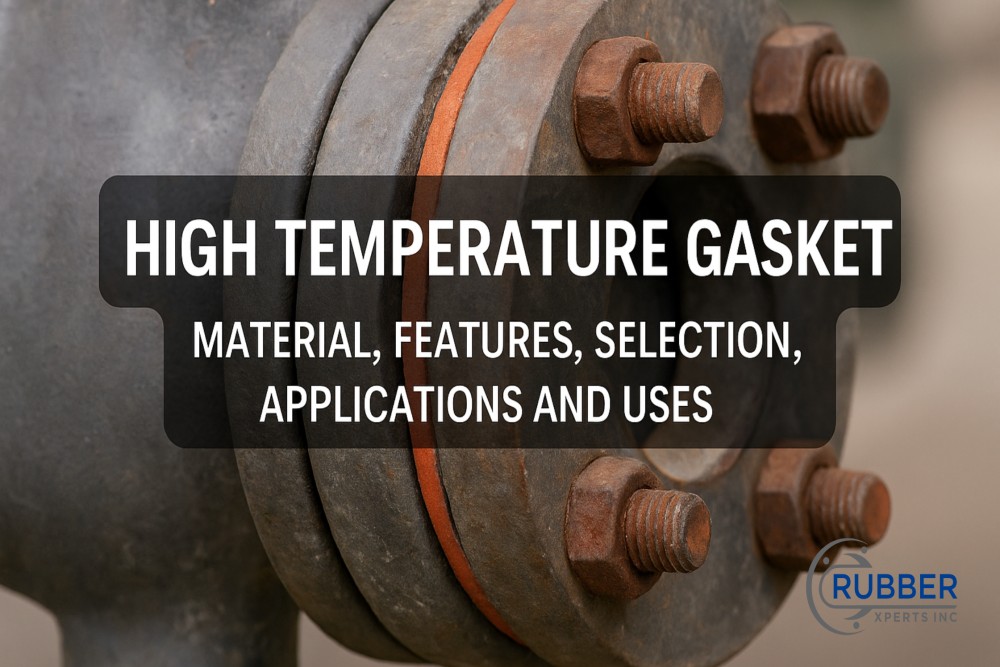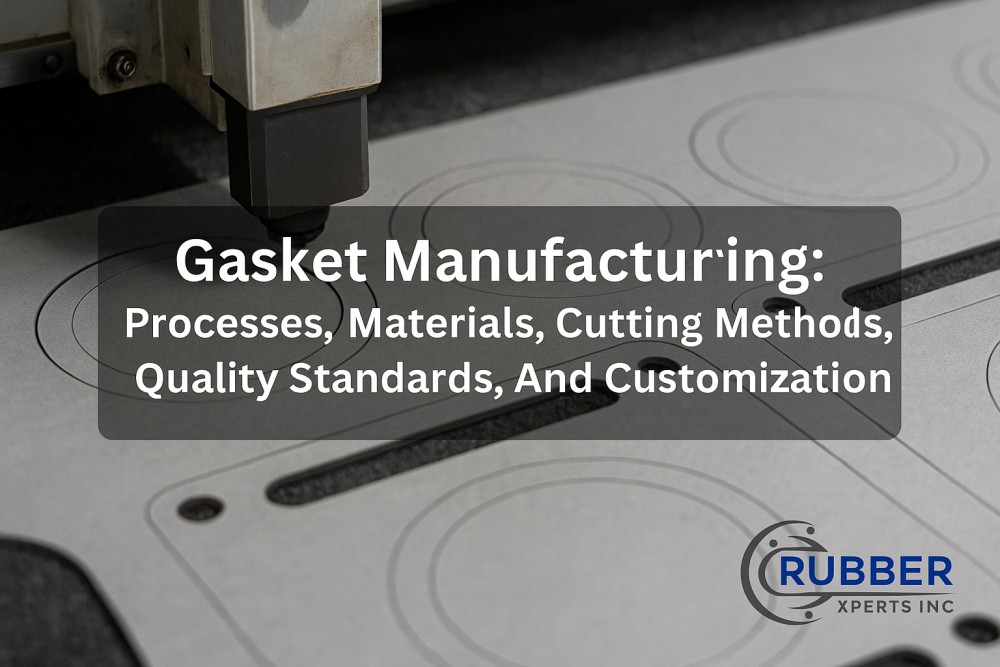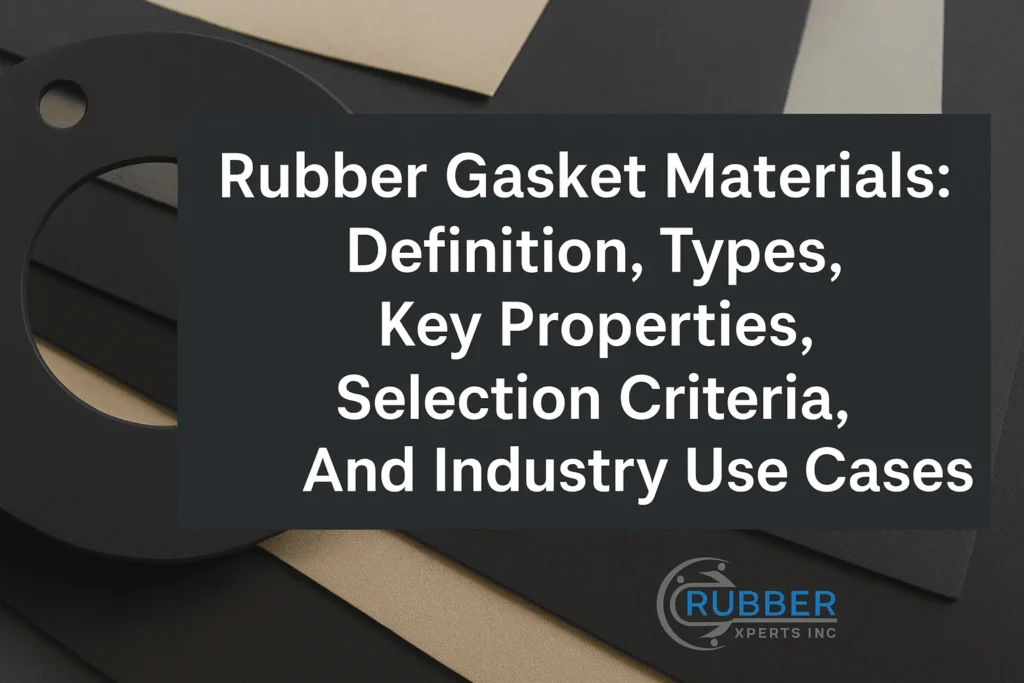If you’re dealing with problems like uneven rubber products, high costs, or trouble getting the right material properties, you’re not alone.
These issues can cause defects, waste, and other problems.
To solve these problems, pick the right rubber extrusion method for your needs
But how do you know which rubber extrusion types you need for your projects?
Therefore, you need to learn different types of rubber extrusions before purchasing one.
Looking for the finest quality rubber extrusions? No need to look further, find the widest ranges of rubber extrusions and profiles in our catalog!
What Types of Rubber Extrusions Are Available?
There are many rubber extrusion types designed to be used in different types of equipment.
Each has its own characteristics and functions.
If you want to know which types of rubber extrusions your machines need, you need to learn more about the available rubber extrusion types in the stores:
1. Continuous Extrusion
Continuous extrusion is a fundamental method used in the rubber industry to produce long, consistent profiles of rubber products among various rubber extrusion types.
This process involves pushing rubber material through an extruder, a machine specifically designed for different types of rubber extrusions.
The extruder heats the rubber to a pliable state and forces it through a die, which shapes it into a continuous, long-form among different rubber extrusion types.
How It Works:
- Heating and Softening: The rubber compound is first heated to make it soft and flexible. This is crucial because the rubber must be in a pliable state to be forced through the die.
- Shaping Through the Die: The softened rubber is then pushed through a die that has the desired shape of the final product. The die acts like a mold, creating a specific cross-sectional profile as the rubber flows through it.
- Cooling and Cutting: After the rubber is extruded, it is cooled to solidify its shape. The continuous length of rubber is then cut into appropriate sizes depending on the product requirements.
Applications:
Continuous extrusion is used to make products such as seals, gaskets, and tubing.
This method is particularly advantageous for high-volume production as it ensures uniformity and consistency in the product.
For example, automotive seals and industrial hoses are often made using this technique because they require a consistent cross-section to function correctly.
Advantages:
- High Efficiency: Continuous extrusion allows for high production rates, making it ideal for large-scale manufacturing.
- Consistency: Products have a consistent shape and size, which is crucial for applications requiring precise dimensions.
- Reduced Waste: Since the process is continuous, there is less material waste compared to batch processes.
2. Batch Extrusion
Batch extrusion is a more flexible method than continuous extrusion.
Instead of producing a continuous length of rubber, batch extrusion processes rubber in smaller, separate batches.
This method is useful when there is a need for customization or when producing limited quantities.
How It Works:
- Preparation: Rubber is mixed and prepared in batches. Each batch can be adjusted for different properties or additives as needed.
- Extrusion in Batches: Each batch is then extruded separately. This allows for changes in the rubber composition or product shape between batches.
- Cooling and Processing: The extruded rubber from each batch is cooled and cut to the desired length. This process ensures that each batch meets specific requirements before moving on to the next.
Applications:
Batch extrusion is ideal for producing specialized rubber products or small runs where customization is important.
For instance, custom gaskets or seals that need specific properties or dimensions can be made using batch extrusion.
Advantages:
- Flexibility: Allows for easy adjustments between batches to accommodate different specifications or product designs.
- Customization: Suitable for products that require unique properties or dimensions not achievable through continuous extrusion.
- Smaller Production Runs: Ideal for producing smaller quantities of specialized products.
3. Hot Extrusion
Hot extrusion is one of several rubber extrusion types, which involves heating the rubber to a high temperature before shaping it.
This is to enhance its properties and achieve specific characteristics in the final product.
How It Works:
- Heating the Rubber: The rubber is heated to a high temperature in the extruder. This makes the rubber softer and more pliable, allowing it to flow more easily through the die.
- Extrusion Through the Die: The heated rubber is pushed through a die to form the desired shape. The high temperature helps in achieving complex profiles and improves the material properties.
- Rapid Cooling: After extrusion, the rubber is quickly cooled to maintain its new shape and properties. This rapid cooling helps in setting the rubber’s final form and ensures that it retains its enhanced characteristics.
Applications:
Hot extrusion is used for products that require improved strength or flexibility.
For example, high-performance automotive parts or industrial components often benefit from the enhanced properties achieved through hot extrusion.
Advantages:
- Enhanced Properties: The high temperature helps in achieving better mechanical properties such as increased strength or flexibility.
- Complex Shapes: Allows for the creation of complex profiles that might be difficult to achieve with other extrusion methods.
- Improved Performance: Products often have improved performance characteristics, making them suitable for demanding applications.
4. Cold Extrusion
Cold extrusion is the process of shaping rubber at lower temperatures compared to hot extrusion.
This method is used when high temperatures are not required, and it helps prevent the rubber from degrading due to heat.
How It Works:
- Maintaining Lower Temperatures: The rubber is kept at lower temperatures throughout the extrusion process. This avoids overheating and potential damage to the rubber.
- Extrusion Through the Die: The rubber is pushed through a die to form the desired shape. Since the rubber is not heated, the process is more controlled.
- Cooling and Cutting: The extruded rubber is cooled down to solidify its shape and then cut to the required length.
Applications:
Cold extrusion is suitable for products where high temperatures are not needed, such as certain types of tubing or profiles.
It’s often used when preserving the original properties of the rubber, which is important.
Advantages:
- Reduced Risk of Degradation: Lower temperatures help in preventing overheating and degradation of the rubber material.
- Controlled Process: The process allows for more control over the rubber’s properties and final shape.
- Cost-Effective: It can be more cost-effective for certain applications as it avoids the energy costs associated with heating.
5. Profile Extrusion
Profile extrusion is used to create rubber products with specific cross-sectional shapes.
This method involves using a custom-designed die to shape the rubber into various profiles.
How It Works:
- Custom Die Design: A die with the desired profile shape is used in the extruder. This die is specifically designed to create the unique cross-sectional shape of the final product.
- Extruding the Rubber: The rubber is pushed through the die to form the profile. The die ensures that the rubber takes on the exact shape needed.
- Cooling and Cutting: The extruded profile is cooled and cut into lengths as required.
Applications:
Profile extrusion is used to produce a wide range of rubber products, including seals, gaskets, and structural components.
The ability to create custom shapes makes it versatile for various applications.
Advantages:
- Versatility: Allows for a wide range of shapes and sizes, accommodating different design needs.
- Customization: Custom profiles can be made to meet specific application requirements.
- Efficiency: Suitable for producing products with consistent and precise shapes.
6. Tube Extrusion
Tube extrusion focuses on creating hollow rubber tubes.
This process is used to make tubes of various diameters and is often used in applications where flexible, durable tubing is required.
How It Works:
- Forming Hollow Tubes: Rubber is extruded through a die that forms it into a hollow tube. The size and shape of the tube can be adjusted by changing the die.
- Cooling and Cutting: The extruded tubes are cooled and cut to the desired length. Additional processes may be applied to enhance the tube’s properties or add features.
Applications:
Tube extrusion is used for making hoses, pipes, and other tubular rubber products.
It’s commonly used in automotive, industrial, and medical applications where flexible and durable tubing is needed.
Advantages:
- Flexibility: Produces flexible tubing that can be used in various applications.
- Customization: Tubes can be made in different sizes and shapes to meet specific needs.
- Durability: Provides a robust and durable solution for applications requiring flexible tubing.
7. Co-Extrusion
Co-extrusion involves combining multiple types of rubber materials in a single extrusion process.
This method allows for the creation of products with different properties in various layers.
How It Works:
- Multi-Material Feed: Different rubber compounds are fed into the extruder through separate channels. Each material is pushed through the die simultaneously.
- Layering in the Die: The materials are combined in the die to form a multi-layered product. The different layers can have different properties, such as varying hardness or flexibility.
- Cooling and Cutting: The co-extruded product is cooled and cut to the desired length.
Applications:
Co-extrusion is used to create composite rubber products that require multiple properties in one item.
For example, a hose might have a tough outer layer for durability and a softer inner layer for flexibility.
Advantages:
- Combining Properties: Allows for the integration of different material properties in a single product.
- Custom Solutions: Provides flexibility in designing products with specific performance characteristics.
- Enhanced Performance: Can improve the performance of rubber products by combining the strengths of different materials.
Conclusion
These types of rubber extrusion methods each have unique processes and applications.
Of course, this allows you to produce a wide range of rubber products with varying characteristics.
So, which rubber extrusion types do you need for your projects now?
If so, let’s browse Rubber Xperts’ rubber extrusions catalog.
You’ll find varying types of rubber extrusions at affordable prices and customizable quality.
If you need our assistance to choose which one suits your equipment best, you can contact us at any time!

